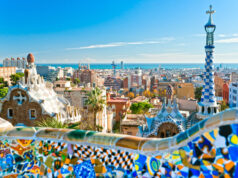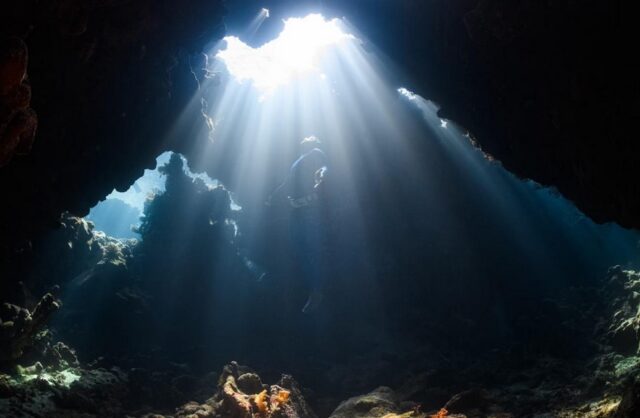
The Philippines, with its crystal-clear waters and abundant marine life, is a haven for divers seeking extraordinary experiences. From the vibrant coral gardens of Tubbataha Reef to the mysterious sunken wrecks of Coron Bay, each dive site offers a unique adventure. Whether you’re a seasoned diver or a beginner eager to explore, this journey through the Philippines’ most captivating underwater realms promises to mesmerize and inspire. Prepare to be enthralled by the beauty and diversity of these underwater treasures.
Nestled in the heart of the Coral Triangle and the pacific ring of fire, the Philippines is a tropical archipelago known for its stunning biodiversity both above and below the water’s surface. With over 7,000 islands, the country boasts an extensive coastline and a myriad of marine environments, making it a haven for divers from around the world. Let’s explore some of the best diving spots that showcase the underwater wonders of the Philippines. While exploring, make the best of the experience with your own diving watch. Watches like the Prospex by Seiko can give you the best experience underwater without undermining the quality and appearance.
Tubbataha Reefs Natural Park:
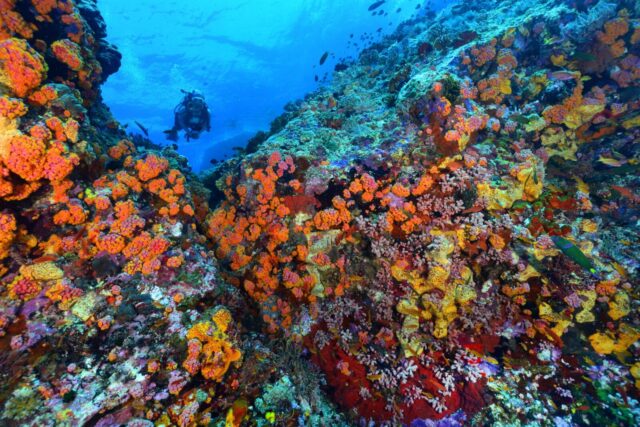
Declared a UNESCO World Heritage Site, Tubbataha Reefs Natural Park is a remote marine sanctuary located in the Sulu Sea. Known for its pristine coral reefs and crystal-clear waters, Tubbataha is a haven for divers seeking encounters with sharks, manta rays, and an abundance of colorful reef fish. The park is only accessible by liveaboard, adding to the exclusivity of the diving experience.
Apo Reef Natural Park:
Apo Reef, the second-largest contiguous coral reef system in the world, is another gem for divers. Located in Mindoro Strait, it is renowned for its diverse marine life, including schools of jacks, barracudas, and sharks. Divers can explore walls, drop-offs, and vibrant coral gardens while enjoying excellent visibility and warm waters.
Anilao, Batangas:
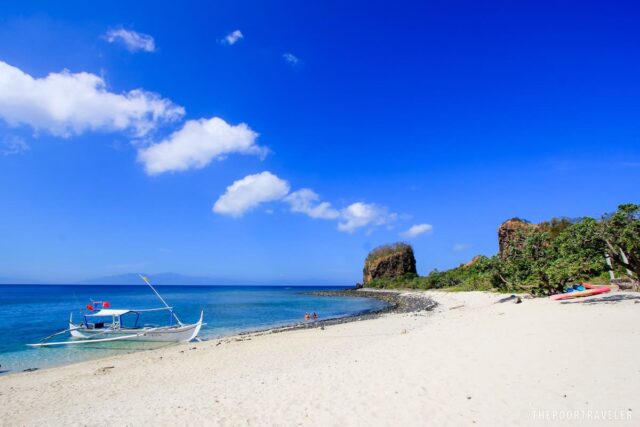
Dubbed the “World Capital of Macro Photography,” Anilao in Batangas is a macro photographer’s dream. This coastal town offers a variety of dive sites with muck diving and critter hunting opportunities. Divers can encounter fascinating creatures such as seahorses, nudibranchs, and rare pipefish amid colorful coral gardens.
Puerto Galera:
Puerto Galera, located on the island of Mindoro, is a popular diving destination known for its diverse marine life and vibrant coral reefs. The area offers a range of dive sites suitable for both beginners and experienced divers. The Verde Island Passage, often regarded as the “center of the center” of marine biodiversity, is a must-visit for its rich underwater ecosystems.
Malapascua Island:
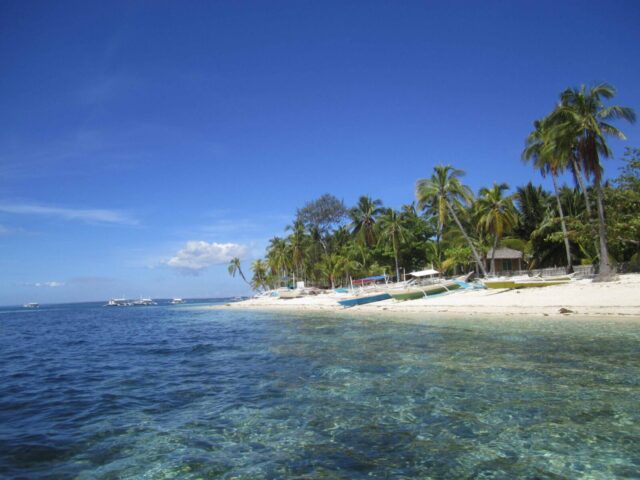
For those seeking unique underwater encounters, Malapascua Island in Cebu is famous for its thresher shark dives. Monad Shoal, a seamount near Malapascua, is one of the few places in the world where divers can reliably spot these elusive sharks. The island also features stunning coral gardens and vibrant marine life.
Coron, Palawan:
Coron, situated in Palawan, is renowned for its captivating underwater landscapes and fascinating wreck dives. The area is home to several World War II Japanese shipwrecks, including the iconic Irako Maru and the eerie Skeleton Wreck. These underwater time capsules attract divers with their historical significance and thriving marine ecosystems.
Safety Precautions
Safety should always be the priority when diving. Divers need to meticulously check their equipment before each dive. This includes ensuring that the scuba gear, such as tanks, regulators, and buoyancy control devices, are functioning correctly. It’s also crucial to be familiar with the local diving regulations of each destination. These regulations might include specific rules about dive depths, types of allowable gear, and necessary certifications.
Furthermore, divers should be aware of the unique hazards of each dive site. For instance, some areas might have strong currents, while others could be known for their close encounters with wildlife. It’s advisable to research these aspects beforehand or consult with local dive operators who can provide up-to-date information. Always dive within your limits and training level, and consider taking a local guide if you’re diving in unfamiliar waters.
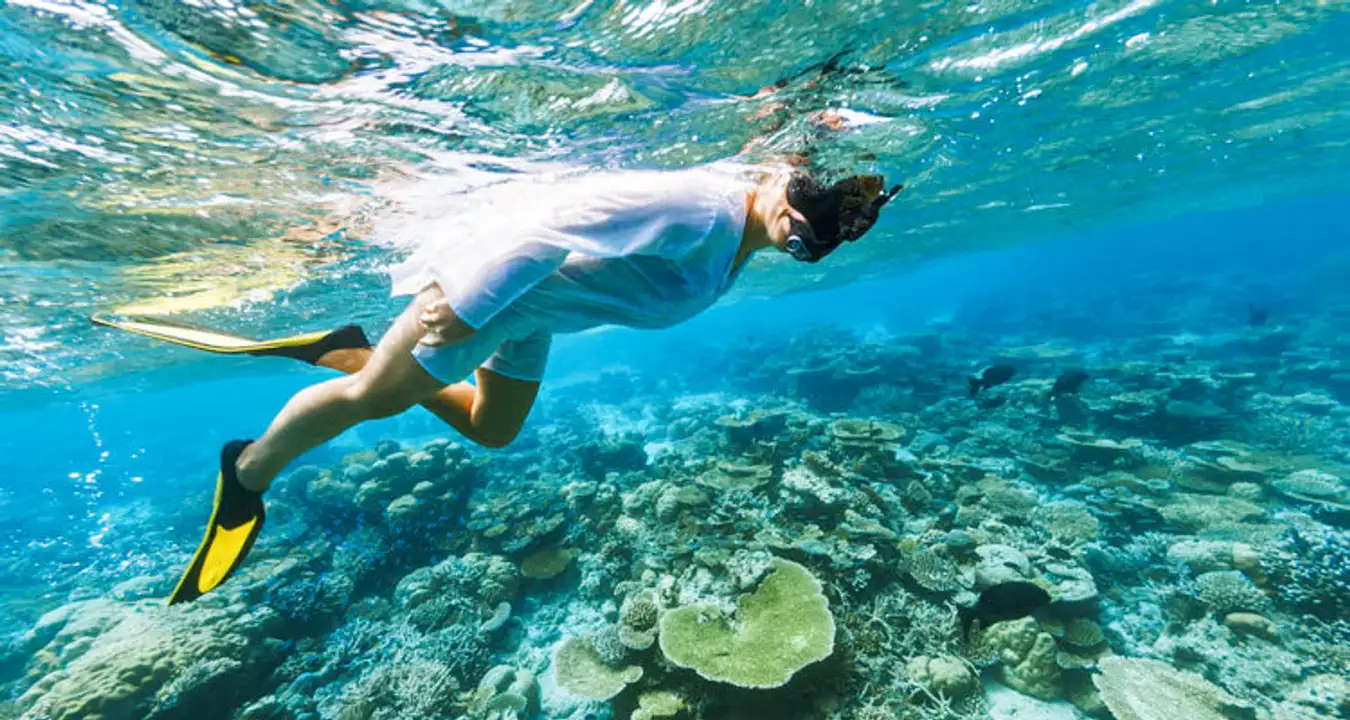
Seasonal Considerations
Each dive site has its own optimal diving season, which is crucial for planning a successful trip. For example, some locations might offer the best visibility and marine life sightings during the summer months, while others could be ideal in the winter. Seasonal variations can affect water temperature, weather conditions, and the types of marine life you are likely to encounter.
In regions with monsoon seasons, diving conditions can change drastically, making certain times of the year unsuitable for diving. It’s important to research or inquire about the best time of year for diving at your chosen location. This information will not only enhance your diving experience but also ensure your safety.
Conservation Efforts
Conservation efforts are integral to preserving the beauty and biodiversity of dive sites. Many locations have ongoing projects to protect marine ecosystems, and divers can play a part in these efforts. This might include adhering to no-touch policies, avoiding the use of harmful sunscreens, participating in clean-up dives, or contributing to local conservation organizations.
Divers should be informed about the eco-friendly practices at their chosen dive sites and be encouraged to follow them. By respecting and contributing to these efforts, divers can help ensure that these underwater wonders remain for future generations to enjoy.
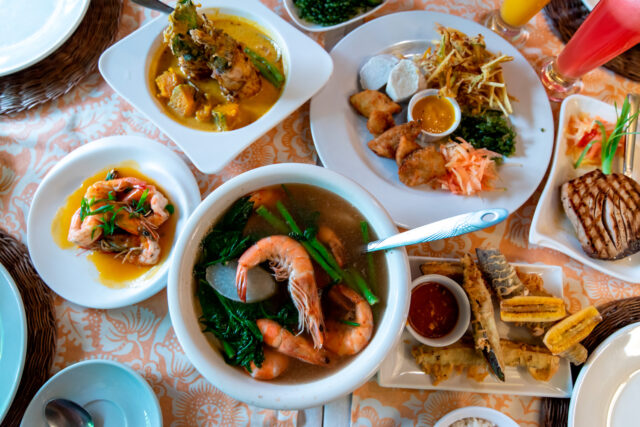
Local Culture and Cuisine
Exploring local culture and cuisine adds depth to any diving trip. Divers often find that engaging with the community and sampling traditional dishes enhances their overall travel experience. Near many dive sites, local villages or towns offer a glimpse into the region’s culture and culinary specialties.
Suggesting places to explore on land, such as historical sites, markets, or nature reserves, can provide divers with a well-rounded experience. Additionally, recommending local dishes or restaurants where travelers can enjoy traditional meals adds an extra layer of enjoyment to their journey. For instance, a diver visiting a coastal village in Thailand might enjoy the local seafood dishes, while someone diving in the Mediterranean might savor fresh, locally-produced olive oil and bread.
Conclusion:
The Philippines, with its rich marine biodiversity and diverse underwater landscapes, stands as a premier diving destination. Whether you’re a novice or an experienced diver, the country’s varied dive sites offer something for everyone. From vibrant coral reefs teeming with marine life to thrilling encounters with pelagic species, diving in the Philippines promises an unforgettable and immersive experience beneath the waves. So, strap on your fins, grab your mask, and dive into the paradise that is the Philippines. The country is known for is white sand beaches, the most hospitable people and most importantly beautiful sceneerey that only this country can provide. Knowing that, one should make it a priority to try one or all of these diving spots on your next visit. You will see what mother nature has in store for you or sometimes what she has reclaimed from us.



